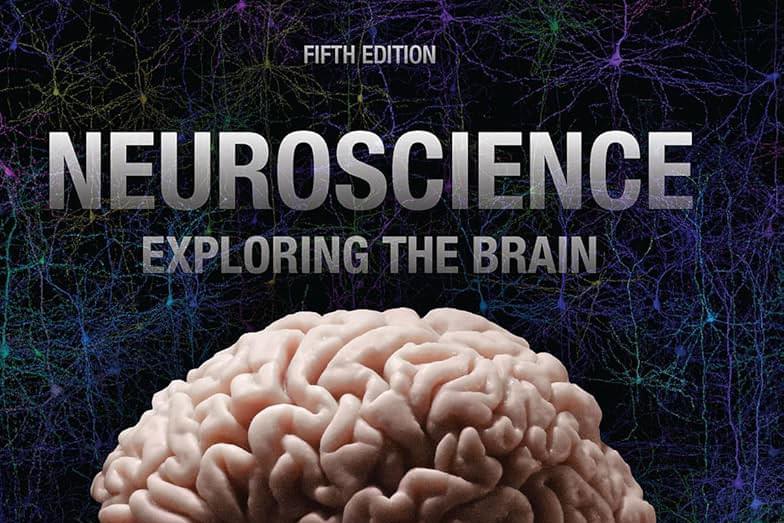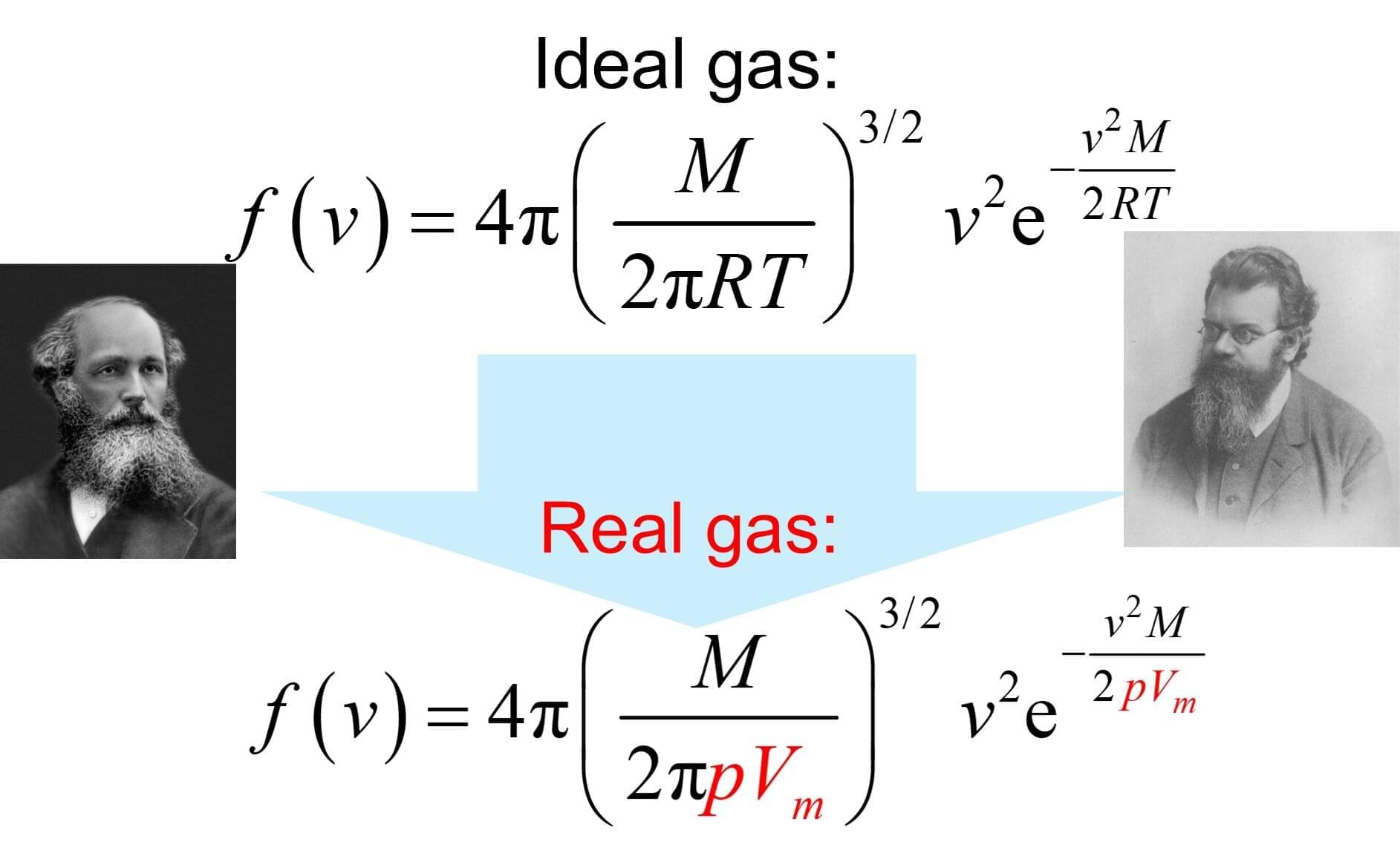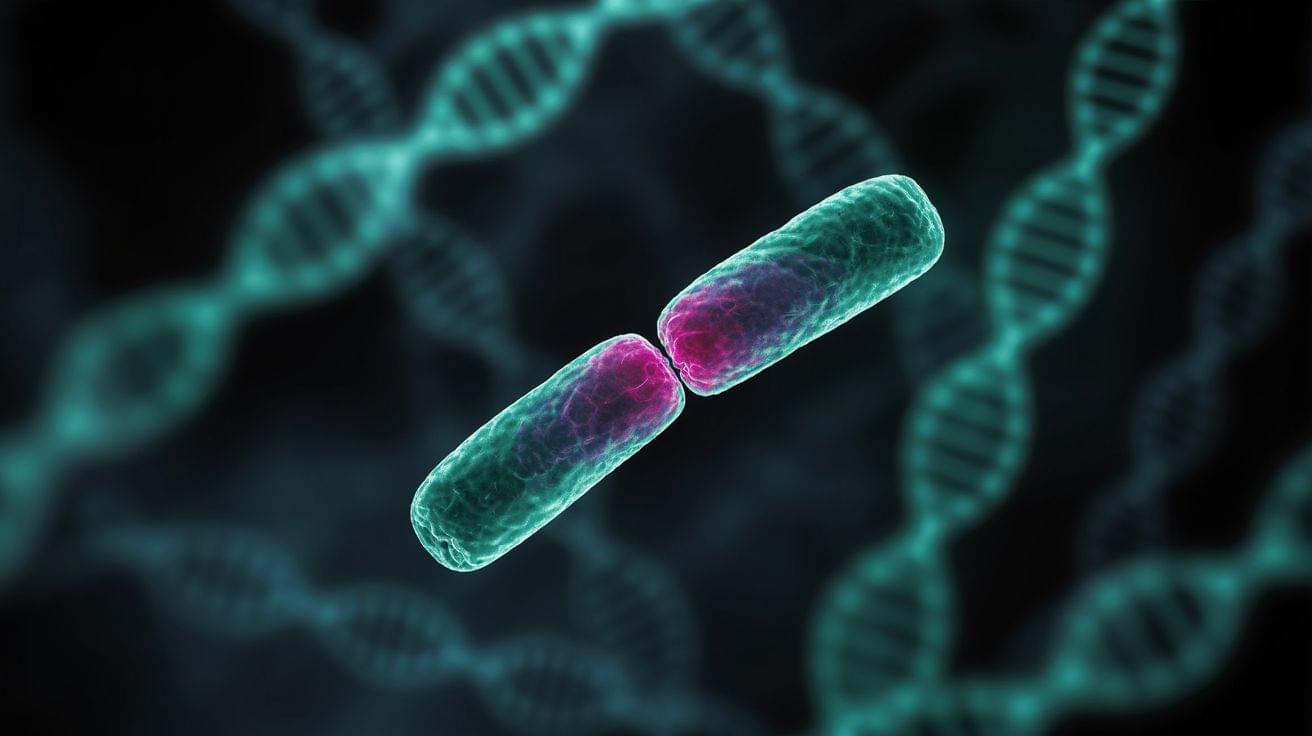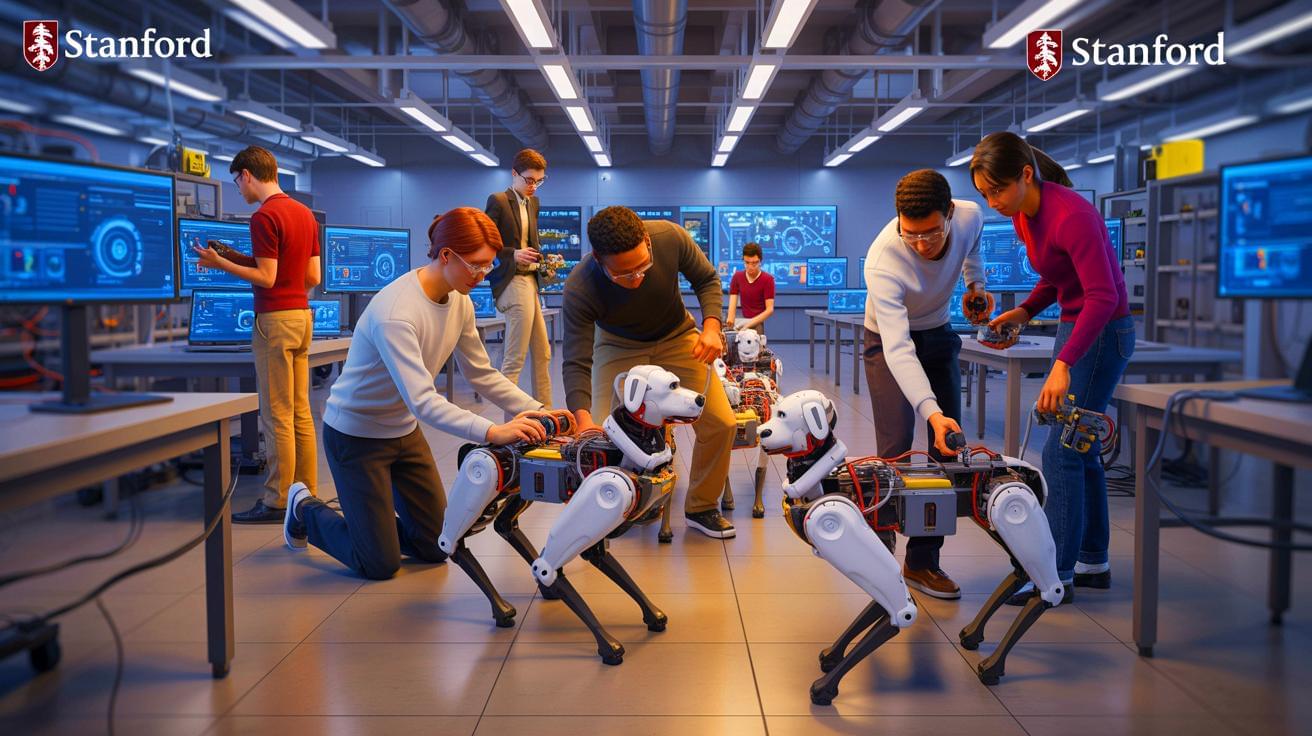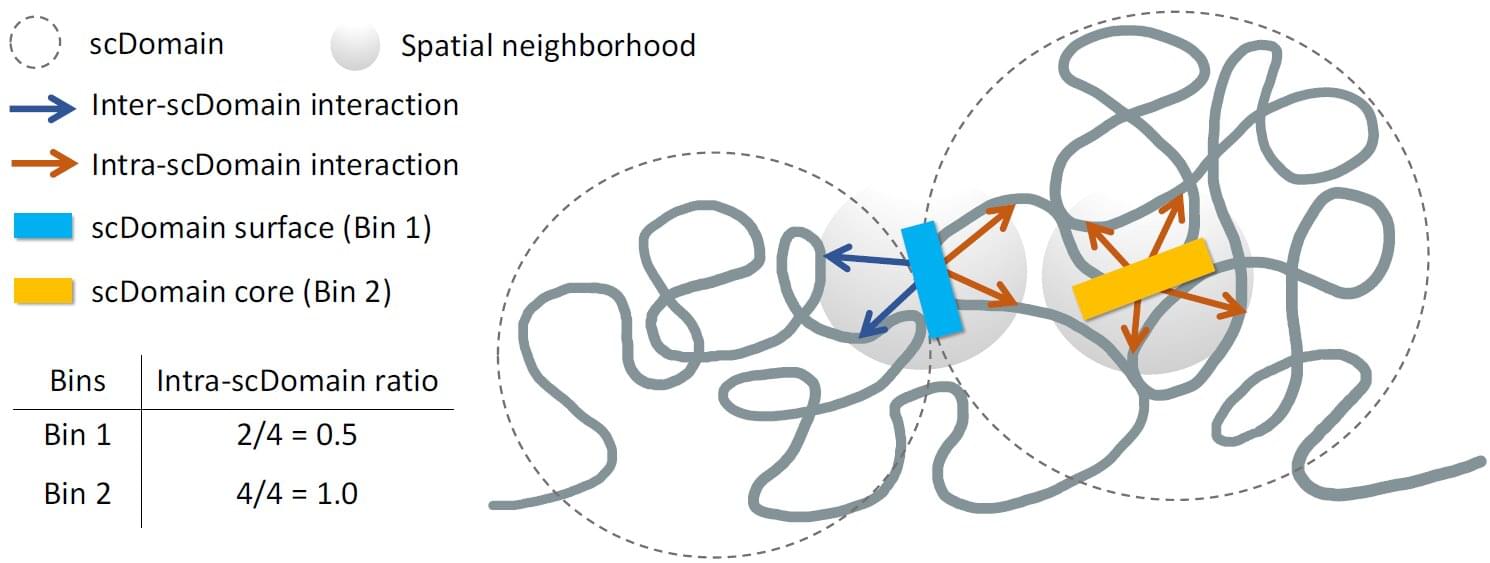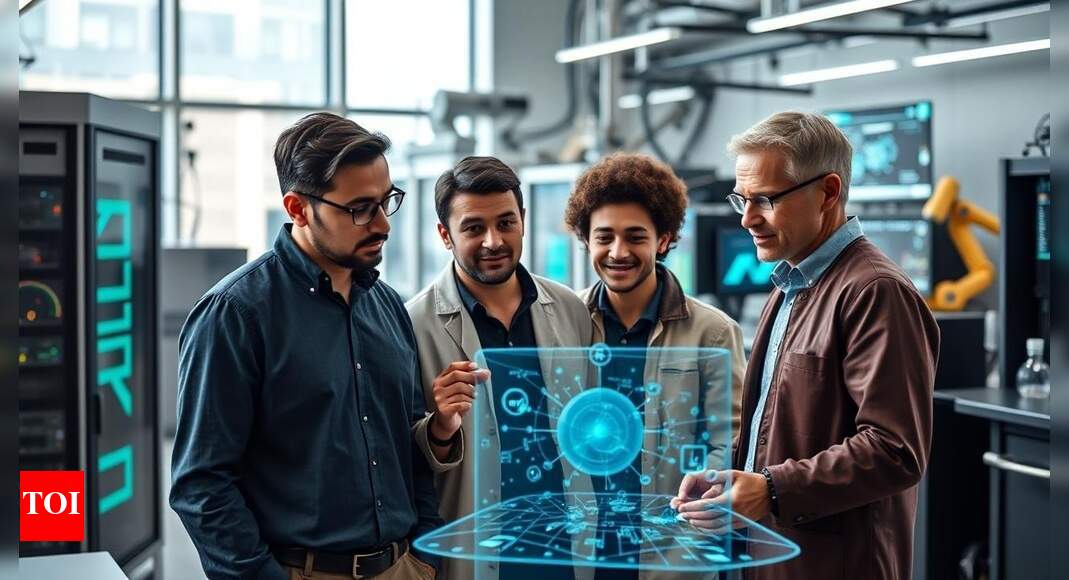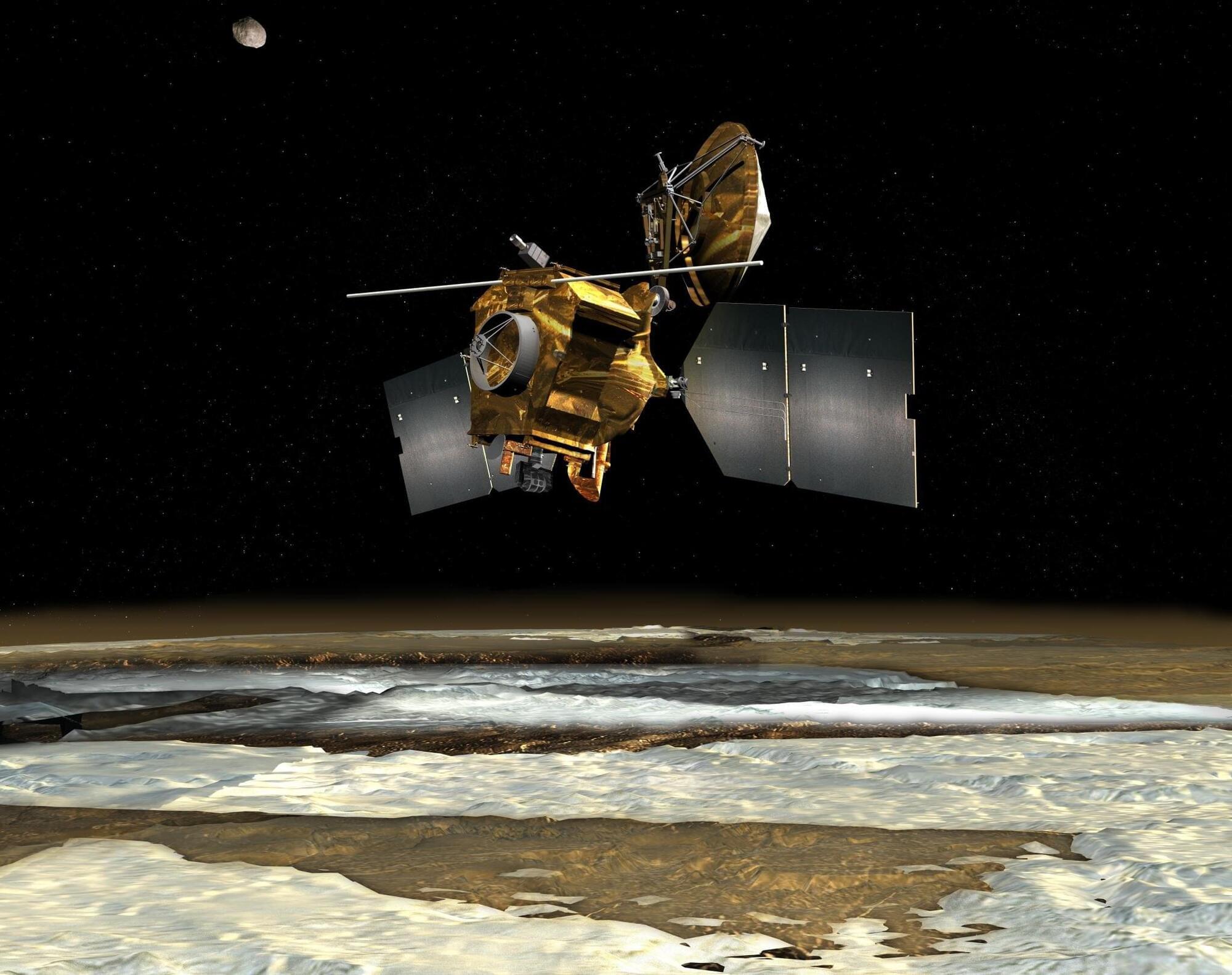Researchers have developed a technique that significantly improves the performance of large language models without increasing the computational power necessary to fine-tune the models. The researchers demonstrated that their technique improves the performance of these models over previous techniques in tasks including commonsense reasoning, arithmetic reasoning, instruction following, code generation, and visual recognition.
Large language models are artificial intelligence systems that are pretrained on huge data sets. After pretraining, these models predict which words should follow each other in order to respond to user queries. However, the nonspecific nature of pretraining means that there is ample room for improvement with these models when the user queries are focused on specific topics, such as when a user requests the model to answer a math question or to write computer code.
“In order to improve a model’s ability to perform more specific tasks, you need to fine-tune the model,” says Tianfu Wu, co-corresponding author of a paper on the work and an associate professor of computer engineering at North Carolina State University.

